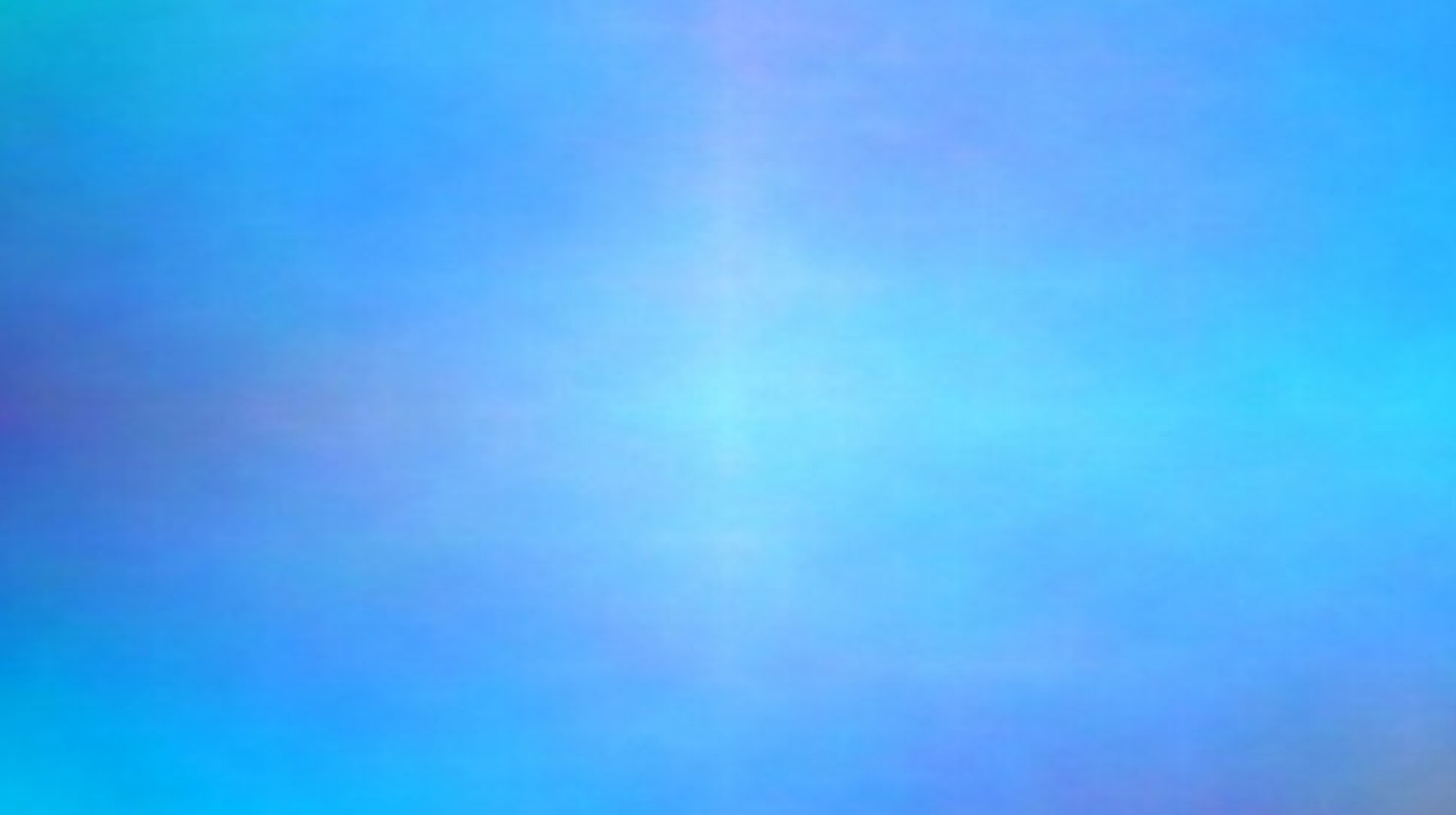There are over 50 windows, in all, throughout St. Mary's Church. The images on these windows range from Old Testament stories such as The Passover, Abraham's Sacrifice of Isaac, Manna and rock in the desert, and the Israelite's eating the Paschal Lamb, to New Testament images with the Joyous Mysteries of the Rosary, the Last Supper, the Marriage Feast of Cana, the Good Samaritan, and the Good Shepherd. The windows in St. Mary's church were made by Franz Mayer of Munich, Inc and are made in the Munich Style Era. This style has also been known as the Medieval Style. The windows are stained glass, Antique and flashed glass, painted and acid etched. The windows are a valuable resource for the Church of St. Mary's in Bristol. Great care was taken to preserve and insure their value with the program undertaken by Pastor, Barry Gamache in 2003 when he created the first step in restoring the church to its original beauty. The second step in the restoration project, Restore Her Beauty, will complete the process of bringing out the full character and beauty of the church building - inside and out.
It is estimated that the technique of stained glass windows came from Jewelry making, Cloisonne and mosaics. The use of stained glass windows appears to have flourished when substantial church building began. Depictions of Christ and biblical scenes were found in the 10th century in French and German churches. Decorative designs were also found in England.
The technique to creating a stained glass window has not changed very much in over 900 years. A monk, by the name of Theophilus, described the process in 1100 A.D., telling craftsmen to draw the design, cut the glass to match your marking, select the colors, and fit the pieces together with the grozing iron. You then enclose them with lead and solder both sides. The last step is to surround it with a wooden frame. This is the process used on the windows at St. Mary's.
The stained glass process was prevalent during the Gothic Era. The majestic churches and cathedrals of Europe were built during this era. All placed stained glass windows in their buildings. Stained glass became the sun-filled world outside. Craftsmen believed that the process of beautiful colors and objects would lift men's souls closer to God.
Stained glass windows are often viewed as translucent pictures. The Gothic, or Medieval windows are a complex mosaic of bits of colored glass joined in an intricate pattern illustrating biblical stories and saint's lives. The Medieval man "experienced a window more than he read it." To him, it made the church a "special, sacred dwelling place of an all-powerful God."
Designers and builders of stain glass windows originated in Europe and eventually moved to America. Through the years, the designs have changed to reflect the times. The use of stained glass has grown from churches, to buildings of various styles and tastes. Around the early 1900s it was considered a necessity for the wealthy families such as the Vanderbilt's and Astor's to have stained glass windows in their "summer cottages" in Newport.
The windows in the church are divided into sections: The Sanctuary - the area around the main altar and the Nave - the area where all the people sit. Each area is further divided into upper and lower halves.
- The Annunciation - Luke 1: 26-38
- The Visitation - Luke 1: 39-56
- The Coronation of Mary, Queen of Heaven
- The Holy Family - Jesus, Mary & Joseph
- Pentecost - Acts 2: 1-12
- The Assumption of the Blessed Virgin Mary
- The Sacrifice of Melcchizedek - Genesis 14: 18-20
- Abraham and Isaac - Genesis 22: 1-19
- Preparation for the Passover - Exodus 12: 21-28
- Manna in the desert Exodus 16: 4-15
- Passover Ritual Prescribed Exodus 12: 1-20
- Sacrifice of Elijah 1 Kings 18: 30-39
- The Nativity - Luke 2: 1-21
- The Presentation in the Temple - Luke 2: 21-40
- The Flight into Egypt - Matthew 2: 13-23
- Jesus teaching in the Temple - Luke 2: 41-52
- The Baptism of Jesus - Matthew 3: 13-17
The lower half portrays six of the parables:
- The Workers in the Vineyard - Matthew 20: 1-16
- The Foolish Virgins - Matthew 25: 1-13
- The Good Samaritan - Luke 10: 30-37
- The Good Shepherd - John 10: 11-16; Matthew 18: 12-14
- The Prodigal Son Luke 15: 11-32
- The Weeds Among the Wheat - Matthew 13: 24-30
The south side of the Nave depict the New Testament in the upper Nave, and Jesus the miracle worker, compassionate friend and savior in the lower Nave.
The upper Nave:
- The Wedding Feast at Cana - John 2: 1-11
- The Transfiguration - Matthew 17: 1-8
- Jesus with Children - Matthew 19: 13-15
- Woman Washing Jesus' Feet - Luke 7: 36-50
- The Last Supper - Matthew 26: 26-29
- The Resurrection - Matthew 28: 1-10
The Lower Half:
- The Loaves and Fishes - Matthew 15: 32-38
- Jesus Calms the storm -Mark 4: 35-41
- Martha and Mary - Luke 10: 38-41
- The Rich Young Man - Matthew 19: 16-30
- Peter and Jesus (Upon this rock) - Matthew 16: 13-19
- Entry into Jerusalem - Matthew 21: 1-11
- Agony in the Garden - Matthew 26: 36-46
- Thomas with Jesus - John 20: 24-29

